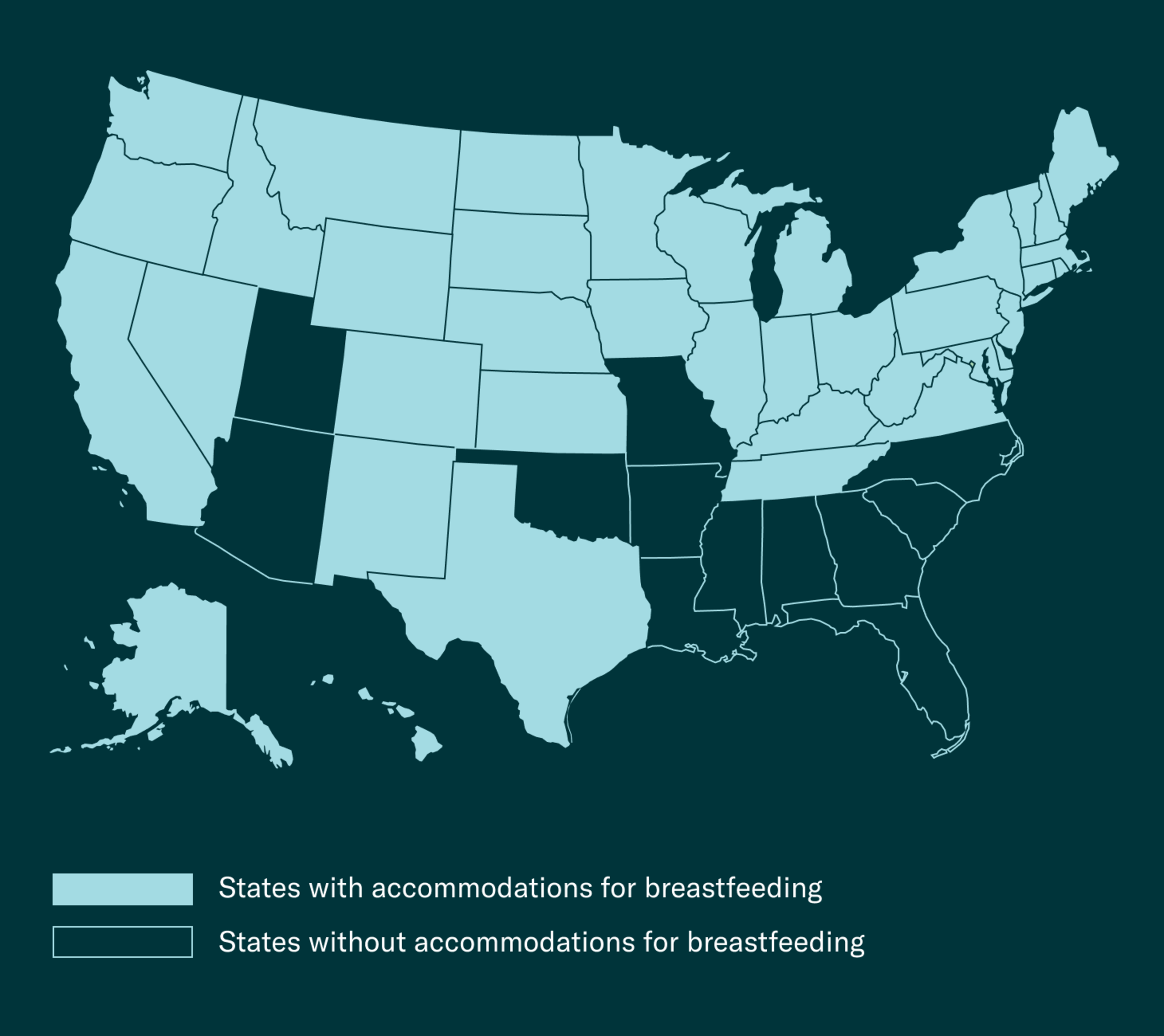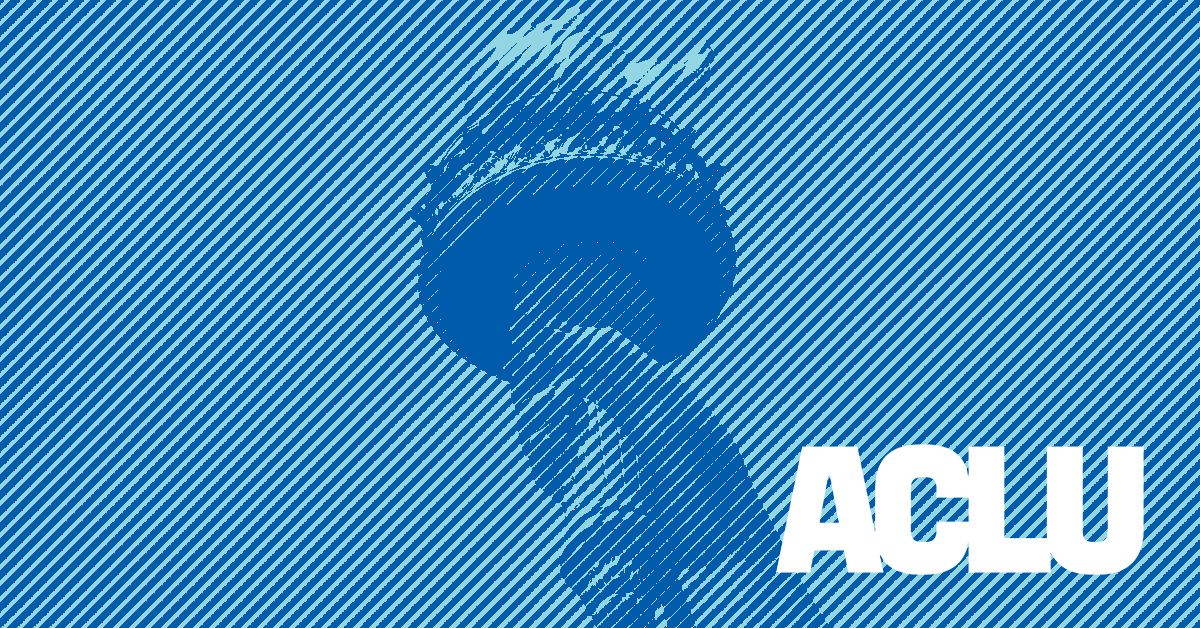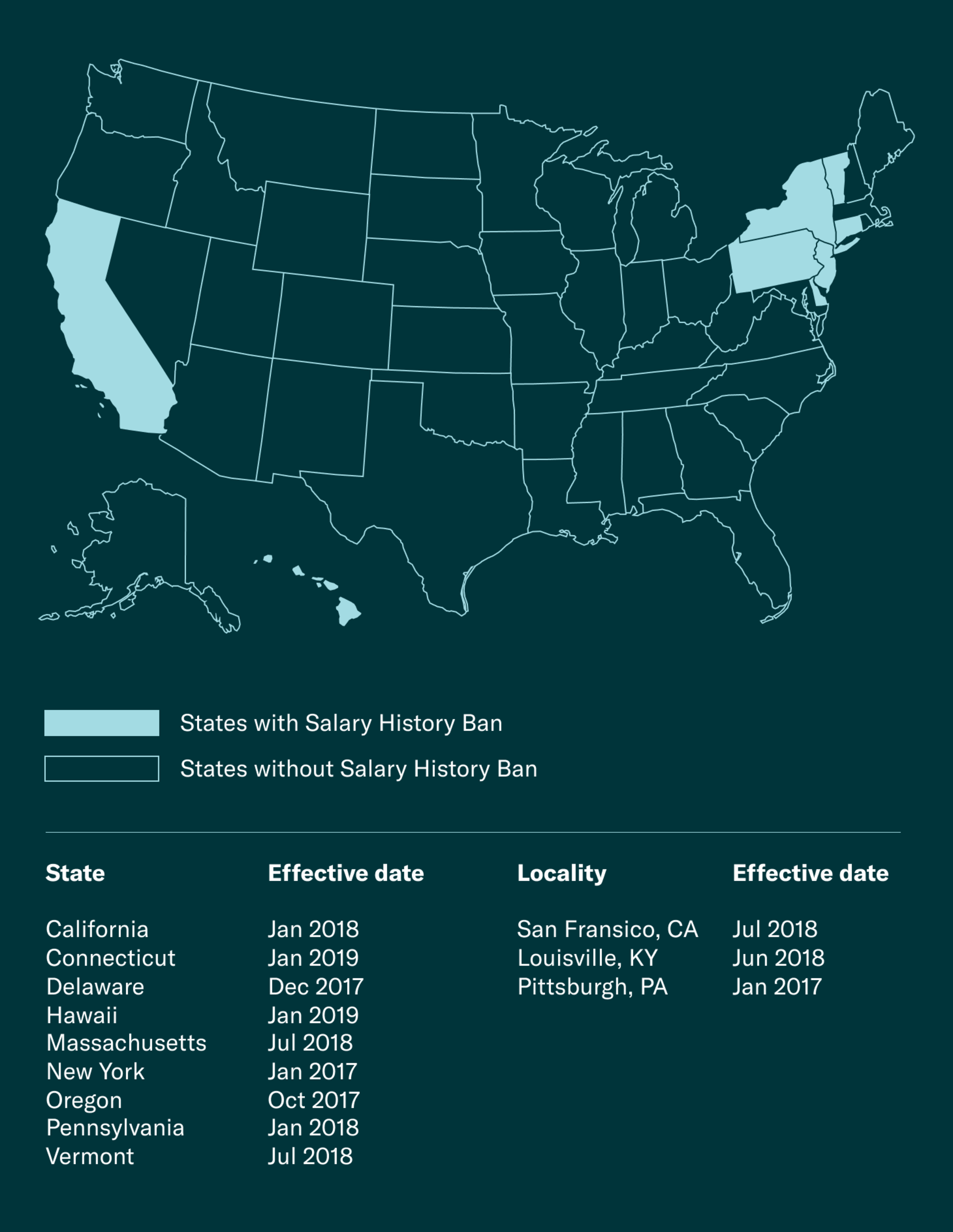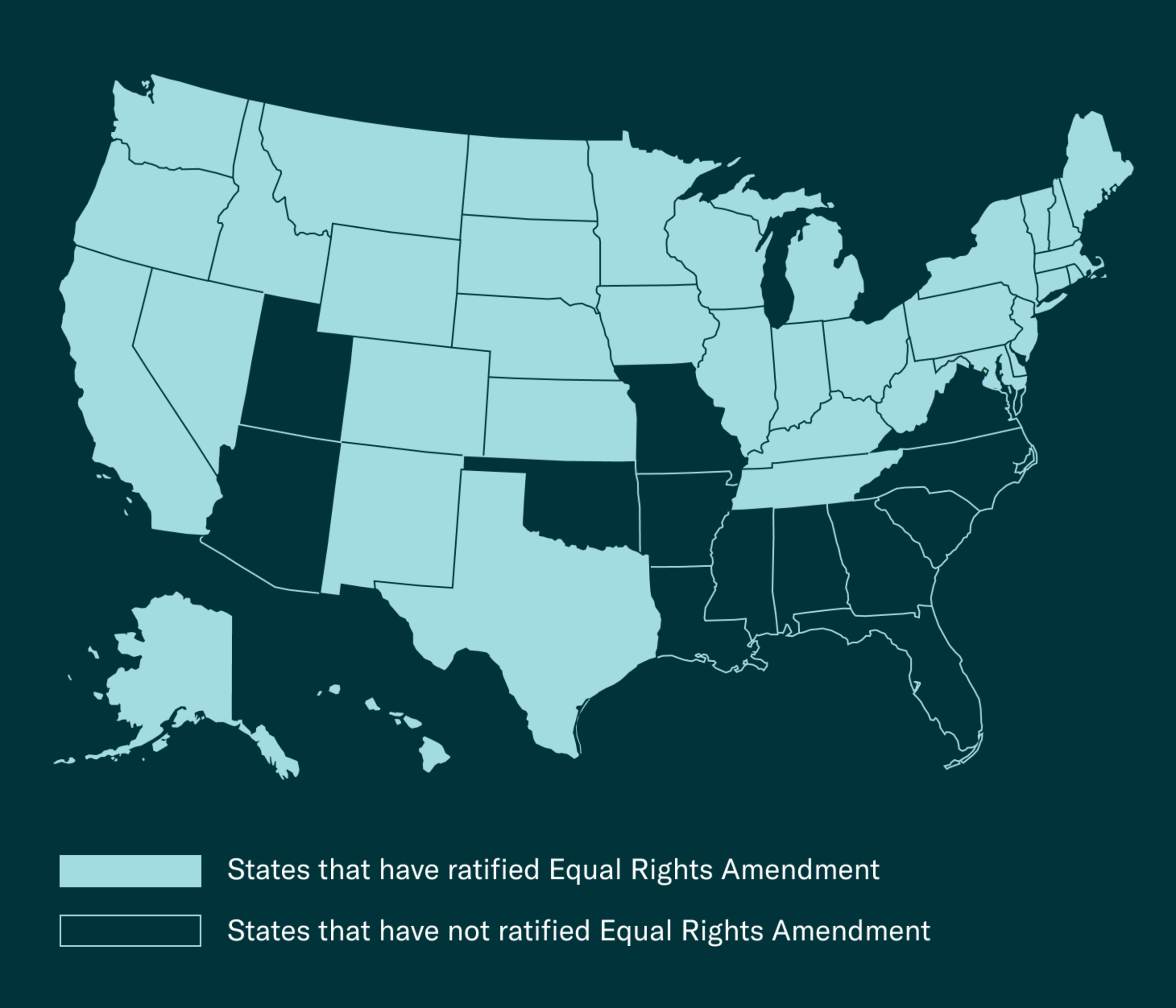Gender Justice in the Workplace


Why the workplace?
The ACLU’s digital advocacy tool on Gender Justice in the Workplace provides an overview of economic equality policies in the United States and informs users what they can do to push for change at the state and federal levels. This tool highlights inequality in the workplace and the momentum building for pregnancy accommodations, paid family leave, and equal pay.
You can be an agent of change. Create a more equitable workplace by protecting pregnant workers, enacting family leave, or promoting pay equity. Take action now—sign a petition, share on social media, spead the word!
Learn more about the topics we are fighting for:
Pregnancy and Parenting

Pregnant Workers Fairness Act
Women are too often fired from or forced out of jobs when their employers learn that they are pregnant or when they return to work after having a baby. Many employers fire pregnant workers on the spot, particularly in low-wage sectors dominated by women. Others force pregnant workers off the job by refusing to grant them the same kinds of temporary modifications — such as light duty assignments — that are routinely granted to other workers who need them.
Firing women because they are pregnant, or treating pregnant workers worse than other workers who are also temporarily unable to perform some aspects of a job, has been illegal since 1978, when Congress enacted the Pregnancy Discrimination Act. But employers still do it, and, unfortunately, some courts have upheld these practices when employers come up with a “pregnancy-blind” reason to leave pregnant workers out in the cold. When women are pushed out of the workplace, they lose important income and benefits, contributing to a gender wealth gap between men and women.
The Pregnant Workers Fairness Act would help prevent employers from forcing pregnant workers out of the workplace and help ensure that employers provide reasonable accommodations to pregnant women who want to continue working. The Pregnant Workers Fairness Act would:
- Clarify that employers must make reasonable accommodations for workers affected by a known limitation related to pregnancy, childbirth or related medical conditions.
- Require an interactive process between employers and pregnant workers to determine appropriate reasonable accommodations, similar to the Americans with Disabilities Act.
- Provide an exemption for businesses if an accommodation imposes an undue hardship on an employer.
- Protect pregnant workers from retaliation, coercion, intimidation, threats or interference if they request or use an accommodation.
- Apply to employers with 15 or more employees and provide protections for both job applicants and employees.
No one should have to choose between a livelihood and a healthy pregnancy. Congress should pass the PWFA to ensure that pregnant workers are treated fairly.
Breastfeeding accommodations
Women are the primary or sole breadwinner in close to half of all households and yet, without the right to nurse in public and at work, workers who choose to breastfeed are often at an economic disadvantage when they do.
The reality is that most public spaces and workplaces are still structured around the needs of people who do not get pregnant, give birth, breastfeed, or have caregiving responsibilities (in other words, an able-bodied cisgender man with a female partner). The failure to take these realities into account puts breastfeeding workers at a significant disadvantage, both in the workplace and in the public sphere.
Know your rights in the workplace
Barriers to breastfeeding tend to have the harshest impact on women of color, who disproportionately work in low-wage jobs with rigid schedules and less progressive policies when it comes to balancing work and family obligations. The racial gap in breastfeeding rates, which exists right out of the gate, increases more sharply in the months following birth for both African-Americans and Latinas.
The Pregnancy Discrimination Act made clear that Title VII of the Civil Rights Act, which prohibits employment discrimination on the basis of sex, also prohibits discrimination on the basis of pregnancy. The law requires that women affected by pregnancy, childbirth, or related medical conditions be treated the same for all employment-related purposes, including job benefits, as other workers who are similar in their ability or inability to work. While breastfeeding is clearly a condition related to pregnancy, some courts have found otherwise. Moreover, some courts applying the PDA have failed to provide necessary accommodations for breastfeeding workers – such as a clean and private room in which to pump breastmilk – on the ground that they don’t provide similar accommodations to other workers.
But states have enacted various bills making breastfeeding accommodations a patchwork of protections. Explicit accommodations could be provided in a state level Pregnant Workers Fairness Act.

Paid Family and Medical Leave
There is no federal law entitling workers to paid family or paid medical leave. The only federal leave law is the Family and Medical Leave Act, which requires employers with 50 or more employees, to provide 12 weeks of unpaid, job-protected leave to care for a new child (by birth or adoption), one’s own serious medical condition or a serious medical condition of a close family member. Due to eligibility requirements, though, only about 60 percent of workers are covered by the FMLA. Additionally, only about half of those who are eligible for FMLA leave can afford to take unpaid time off. And the FMLA excludes care for siblings, grandparents, unmarried partners, and others who do not fall within the relatively narrow definition of “family member.” As for voluntary paid leave programs by employers, only about 16 percent of private sector workers have access to designated paid family leave through an employer’s paid leave policy that can be used to care for a new child or ill loved one; only 40 percent have personal medical leave through an employer’s temporary disability insurance plan. And many parental leave policies discriminate against fathers or “secondary caregivers,” providing vastly less time off than is provided for mothers or “primary caregivers."
The Federal FAMILY Act has been introduced in Congress and would provide 12 weeks paid leave to employees – no matter their employer’s size – for the birth or adoption of a child, to care for a seriously ill family member, for one’s own medical needs, and/or for particular military caregiving and leave purposes. It would do so through a self-sustaining national paid leave program, funded through very small (less than $2.00/week) contributions from employers and employees; self-employed workers would also be covered.

Embed map
Source: American Civil Liberties Union
TAKE ACTION: Tell Congress All Workers Need Paid Family Leave

Workers must be able to take the time they need to address serious health and caregiving concerns without risking their lives and livelihoods.
Equal Pay
Equal Pay Act
The federal Equal Pay Act requires that men and women who work in jobs requiring “equal skill, effort, and responsibility,” and who work within the same “establishment,” be paid the same wages (subject to certain exceptions, including “any other factor other than sex”). The EPA has been narrowed significantly by precedent, though, so that today it’s very difficult to bring an EPA claim. To be “equal,” for instance, jobs must be virtually identical. To show a woman works in the same “establishment” as her male comparator, she practically has to work side by side in the same physical office space, not just the same business location or even the same department. And the “any other factor” catch-all exception has been interpreted very broadly to accept all sorts of employer justifications for unequal pay. Also, EPA only allows recovery of back wages (and liquidated damages, if a willful violation is shown) but not punitive or compensatory damages.
Paycheck Fairness Act
The federal Paycheck Fairness Act would close loopholes for all sorts of employer justifications for unequal pay, add compensatory and punitive damages, explicitly permit employees to discuss pay, and prohibit employers from relying on or asking about prior salary in making hiring or salary determinations, among other provisions.
Other Equal Pay
Some states have enacted Equal Pay legislation that have practical opportunities to advance women’s economic equality in the workplace.
- Promoting Pay Transparency
- Prohibiting Use of Salary History in Hiring
- Allowing Fair Comparisons of Work and Pay

TAKE ACTION: Tell Congress to Pass the Paycheck Fairness Act

In 2019, women on average still earn lower wages than men for the same work. Congress can help make fair pay a reality with this bill.
EQUAL RIGHTS
Equal Rights Amendment
The Equal Rights Amendment is a proposed amendment to the United States Constitution designed to guarantee equal legal rights for all American citizens regardless of sex. It was passed by Congress in 1972 but still has yet to be ratified by the states more than four decades later.
Currently, 37 states have ratified the ERA. 38 states are necessary for the amendment to be ratified. Once the benchmark of 38 ratified states is reached, there could still be possible questions about its viability without Congress extending the deadline for ratification. Spread the word
Virginia
Virginia is working towards ratification of the ERA and would become the 38th state voting for ratification.

Stay informed
Sign up to be the first to hear about how to take action.
By completing this form, I agree to receive occasional emails per the terms of the ACLU's privacy statement.
By completing this form, I agree to receive occasional emails per the terms of the ACLU's privacy statement.

